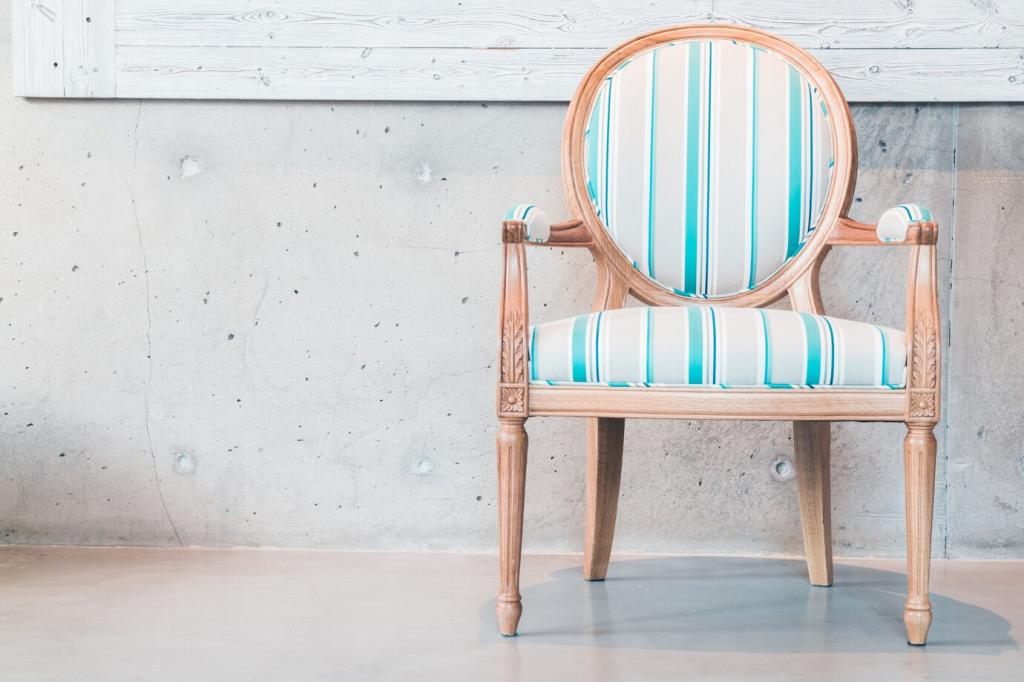Future-ready furniture designs represent the intersection of innovation, sustainability, and adaptability, shaping the environments where we live, work, and connect. As technology evolves and lifestyles shift, the furniture industry is reimagining traditional pieces to meet new demands. This page explores the core principles and exciting advancements unfolding in the world of forward-thinking furniture, highlighting how style, function, and responsibility come together for dynamic spaces suited to modern living and the challenges of tomorrow.

Sustainable Materials and Circular Design
Regenerative and Recycled Materials
Furniture designers are turning to renewable and reclaimed resources, utilizing materials such as FSC-certified woods, recycled plastics, and biodegradable composites. These forward-looking choices help divert waste from landfills and reduce dependence on virgin resources, resulting in products that are both beautiful and environmentally mindful. Cutting-edge approaches, including mycelium-based foam alternatives and fabrics made from upcycled ocean plastics, are pushing the boundaries of what sustainable furniture can achieve. These new material streams not only reduce carbon emissions but also educate consumers about the importance of environmental stewardship in their purchasing choices.
Circular Economy Practices
Future-ready furniture embraces the principles of circular design, emphasizing the creation of pieces that can be easily repaired, refurbished, or recycled. Modular construction and standardized connections make it easy to replace worn components, extending the functional lifespan of each item. Manufacturers are developing take-back programs and offering refurbishment services to keep products and materials in circulation for as long as possible. By shifting away from the traditional linear model of “make, use, dispose,” the industry moves closer to closing material loops and supporting a regenerative economy that benefits both people and the planet.
Non-Toxic and Low-Impact Finishes
Beyond the materials themselves, attention is turning to the chemicals and finishes used in modern furniture. Future-ready designs prioritize non-toxic, water-based adhesives, natural oils, and low-VOC lacquers to promote healthier indoor air quality. These eco-friendly finishes eliminate harmful off-gassing, making creating safer spaces for occupants—especially children and those with sensitivities. Innovations in natural dyes and UV-cured coatings further minimize process-related pollution, redefining what premium quality means in the context of both human and environmental health.

Modular Adaptability and Personalized Design
Modularity is revolutionizing both residential and commercial interiors, as furniture is engineered to adapt to a variety of layouts and purposes. Interlocking sofas, shelving, and storage systems can be expanded, reduced, or reshaped in moments, fitting small studios as easily as sprawling homes. The ability to customize the configuration fosters creativity and responds to life’s unpredictability—whether accommodating guests, carving out a home office, or shifting between social and private zones. Dynamic modular solutions allow individuals to future-proof their spaces without constant reinvestment, making change feel both seamless and inspiring.
